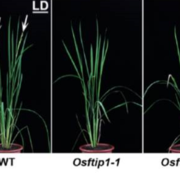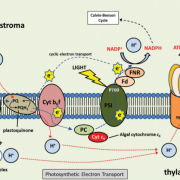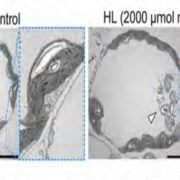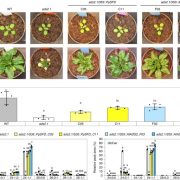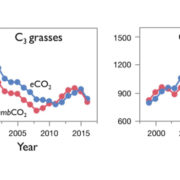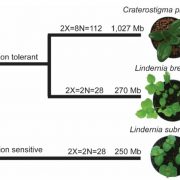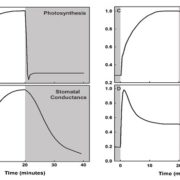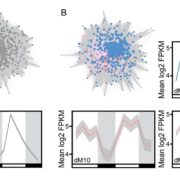Effect of leaf temperature on the estimation of photosynthetic and other traits of wheat leaves from hyperspectral reflectance (J. Exp. Bot.)
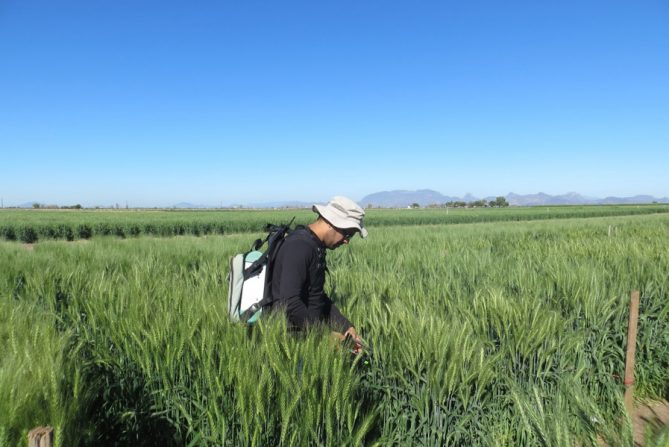
Efficient phenotyping is important for plant breeding. For wheat, leaf reflectance spectra can be used to calculate leaf traits that impact crop yield, particularly constituent (leaf mass per area, nitrogen/chlorophyll content) and physiological (Rubisco carboxylation activity, electron transport rate, respiration rate) traits. However, experiments and models that correlate leaf reflectance spectra with these phenotypes have largely been performed within a set temperature or defined range of temperatures; as such, it is yet unclear exactly how leaf temperature affects such calculations. To this end, Khan et al. measured the effects of leaf temperature on the estimation of traits measured from leaf reflectance spectra in two wheat cultivars. They determine that over their chosen temperatures (ranging from 20 to 35°C), values of Rubisco carboxylation activity and nitrogen/chlorophyll content were not affected, but leaf mass per area and Rubisco activity normalized to nitrogen content increased slightly with increasing temperature. The work in this study suggests that leaf reflectance spectra should be collected at a range of temperatures, to attain the most robust models for estimating leaf traits. (Summary by Benjamin Jin) J. Exp. Bot. 10.1093/jxb/eraa514 (Image credit ARC Centre of Excellence for Translational Photosynthesis)


